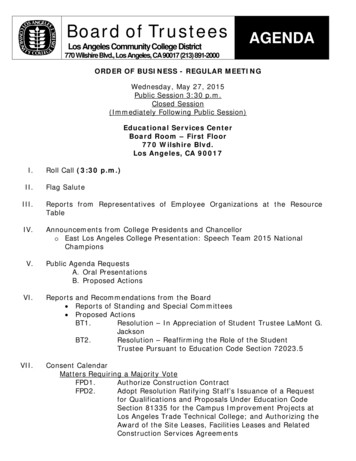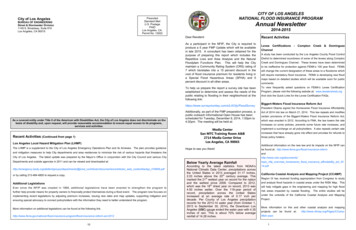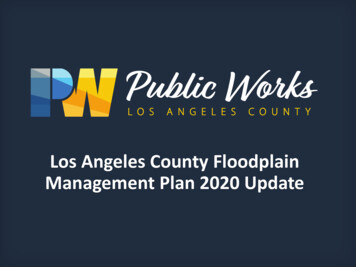
Transcription
Los Angeles County FloodplainManagement Plan 2020 Update
LA COUNTY FLOODPLAINMANAGEMENT PLAN 2020 UPDATEWho we are:Public Works is one of 37 departments of the Los Angeles County,directed by the Board of Supervisors.What we do:Public Works designs, builds and maintains transportation and floodcontrol infrastructure, and provides municipal services to the County’sunincorporated areas, including serving as the County FloodplainManager.Why we’re here:To discuss the update to Los Angeles County’s Floodplain ManagementPlan (FMP).
LA COUNTY FMP 2020 UPDATEWhat are we going to talk about? What is Mitigation? What is a Floodplain Management Plan (FMP)? Why develop a FMP? What is the Community Rating System (CRS)? What is the process for FMP Development? How will the FMP assess risk? The Draft Plan
LA COUNTY FMP 2020 UPDATEWhat is Mitigation?Five Phases ofEmergency coveryResponse“Sustained action taken to reduce or eliminate long-term risk to life and property”
LA COUNTY FMP 2020 UPDATEWhat is a FMP?An overall strategy of programs, projects, andmeasures aimed at reducing the adverse impacts offlood hazards on the community.
LA COUNTY FMP 2020 UPDATEWhat is a FMP?A well prepared plan will:– Perform a comprehensive review of alternatives;– Identify and prioritize actions;– Involve the public;– Educate the public;– Meet defined goals and objectives
LA COUNTY FMP 2020 UPDATEWhy Develop a FMP?Because flooding is a problem in Los Angeles County: There have been more than 30 state or federal flood-related disasterdeclarations affecting the communities of Los Angeles County since 1950. Los Angeles County was declared a federal disaster area 5 times since1992.
LA COUNTY FMP 2020 UPDATEWhy Develop a FMP?Types of flooding and flood-related hazards: Alluvial fan floodingCoastal floodingFlash floodingFluvial floodingLake floodingLevee flooding MudslidesRiverine floodingSeicheTsunamiDam inundation
LA COUNTY FMP 2020 UPDATEWhy Develop a FMP? Can act as the keyway to fundingProactive vs. reactiveThe Community Rating System (CRS)Support other planning mechanisms– County Hazard Mitigation Plan– Land Use plans– Watershed plans The blueprint for flood risk reduction
LA COUNTY FMP 2020 UPDATEWhat is the NFIP? The National Flood Insurance Program (NFIP) Aims to reduce the impact of flooding on private and public structures. Itdoes so by providing affordable insurance to property owners, renters andbusinesses and by encouraging communities to adopt and enforcefloodplain management regulations. These efforts help mitigate the effects of flooding on new and improvedstructures. Flood insurance from the NFIP is only available in participatingcommunities.
LA COUNTY FMP 2020 UPDATEWhat is the Community Rating System (CRS)? A voluntary incentive program Part of the NFIP Administered by the Federal Emergency Management Agency (FEMA) Encourages NFIP communities to perform floodplain managementactivities that exceed the minimum NFIP requirements.
LA COUNTY FMP 2020 UPDATEThe CRS and Los Angeles County LA County first joined the CRS program in 1990. As of May 2011, the County has earned a Class 7 rating. Up to 15% reduction on flood insurance premium for residents purchasingor renewing their policies in the unincorporated areas of the County. The 1,500 flood insurance policy holders are saving approximately 214,926 (average of 143 per policy) annually in insurance premiums.
LA COUNTY FMP 2020 UPDATEThe Planning Process Primary objectives: Maximize points under the Floodplain Management Plan Activity Improve CRS Class Create a Program for Public Involvement (PPI) as part of the planningprocess. Planning process will follow the CRS 10-step process Scope of work has 7 principal phases.
LA COUNTY FMP 2020 UPDATEThe Steering Committee An 18 member Steering Committee is overseeing the FMP update Comprised of non-governmental and governmental stakeholders Has met 7 times from June 2019 to February 2020– Met as needed on the 2nd Wednesday of every month. All meetings were open to the public Agendas and Meeting summaries are available on the County websitehttps://pw.lacounty.gov/WMD/NFIP/FMP2020/
LA COUNTY FMP 2020 UPDATEMission Statement/GoalsMission Statement:“Protect life, property, the economy and the environment of Los AngelesCounty by identifying and communicating risks and sustainable actions toreduce flood hazards and thus enhance community resilience.”Goals:1. Enhance community resilience from the impacts of flood hazards2. Protect life, safety, property and economy.3. Communicate to residents and stakeholders flood risk based on best available data andscience.4. Increase resilience of infrastructure and critical facilities from flood hazards.5. Account for flood risk in land use and planning.6. Preserve, enhance or restore the natural environment’s floodplain functions.7. Encourage the development and implementation of long-term, cost-effective andenvironmentally sound flood hazard mitigation projects.
LA COUNTY FMP 2020 UPDATEFlood Hazard Risk Assessment
LA COUNTY FMP 2020 UPDATEWhat is Risk?Risk is defined as a function of : Hazard Source of potential danger or adversecondition Exposure Manmade or natural features that areexposed to the hazard Vulnerability, and Damage susceptibility of the exposedfeatures Capability Regulatory Capability Technical Capability Financial Capability
LA COUNTY FMP 2020 UPDATEWhat is Risk Reduction?To reduce Risk: Manage the Hazard:E.G. structural flood control Reduce Exposure:E.G. remove assets exposed to thehazard Reduce Vulnerability:E.G. retrofitting Increase capability:E.G. , preparation, technicalassistance, planning
LA COUNTY FMP 2020 UPDATERisk Assessment511.Hazard Locators (Soils, floodplains,landslides)2.Inventories (Buildings, roads, criticalareas)3.Exposure (Direct and Indirect)4.Disaster Scenario (Vulnerabilityassessments)5.Suggest Risk Reduction Measures
LA COUNTY FMP 2020 UPDATEWhat is Hazus-HM? HAZUS-MH is a powerful risk assessment methodology for analyzing potentiallosses from floods, hurricane winds and earthquakes. Current scientific and engineering knowledge is coupled with the latestgeographic information systems (GIS) technology to produce estimates ofhazard-related damage before, or after, a disaster occurs.
LA COUNTY FMP 2020 UPDATERepetitive Loss? Definition: Any property for which 2 or more flood insurance claims of morethan 1,000 have been paid by the NFIP within any rolling 10-year periodsince 1978. FEMA records indicate there are approximately 56 repetitive loss properties inUnincorporated Los Angeles County. The FMP must address repetitive losses through a Repetitive Loss AreaAnalysis.
LA COUNTY FMP 2020 UPDATEThe Draft Plan Over 300 pages! Identifies and prioritizes 37 actions Actions are categorized in to 6categories:1. Prevention2. Property Protection3. Public Education and Awareness4. Natural Resource Protection5. Emergency Services6. Structural Projects
LA COUNTY FMP 2020 UPDATEThe Repetitive Loss Area Analysis Companion document to the FMP Looks at flood issues within identifiedrepetitive loss areas Identifies 32 Repetitive Loss areas Takes the same 37 action from the FMP andexpands them for application to therepetitive loss areas. Will be implemented and maintainedconcurrently with the FMP
LA COUNTY FMP 2020 UPDATEPublic Comment Period Runs thru end of Tuesday March 31, 2020. Visit the following website for the draft plan and to learn how you canparticipate in the review raftFMP Once the public comment processed is closed, the plan will be submitted toFEMA for review The final plan will be adopted by the County’s Board of Supervisors. Public can track plan implementation and maintenance via annual planprogress reporting by the County (Chapter 13)
LA COUNTY FMP 2020 UPDATEFor More InformationPlease visit the FMP website at:https://dpw.lacounty.gov/WMD/NFIP/FMP2020/
LA COUNTY FMP 2020 UPDATEFind out Your Flood Risk!Visit a Hazus Work Station: Find out the risk exposure of your home– Determine extent and location– Review loss estimates for flood events– Receive a printout of the data
LA COUNTY FMP 2020 UPDATEDisclaimer!The Hazus Work Stations: These are estimates of what COULD happen; Not estimates of what WILL happen! Based upon best available data and science Need to understand that floodplains are dynamic and that modelingrepresents a snapshot in time.
LA COUNTY FMP 2020 UPDATEQUESTIONS?Contact Information:Larry Tran, P.E.Project Managerltran@pw.lacounty.gov
Because flooding is a problem in Los Angeles County: There have been more than 30 state or federal flood-related disaster declarations affecting the communities of Los Angeles County since 1950. Los Angeles County was declared a federal disaster area 5 times since 1992. LA COUNTY FMP 2020 UPDATE Why Develop a FMP?


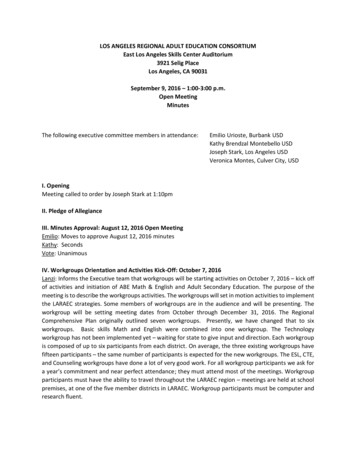
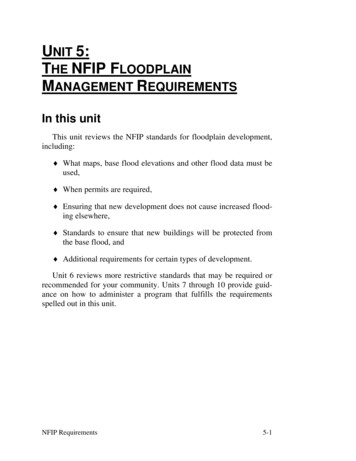
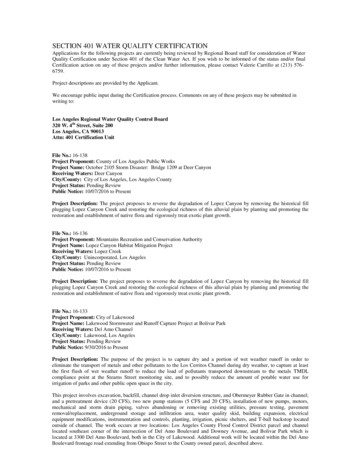

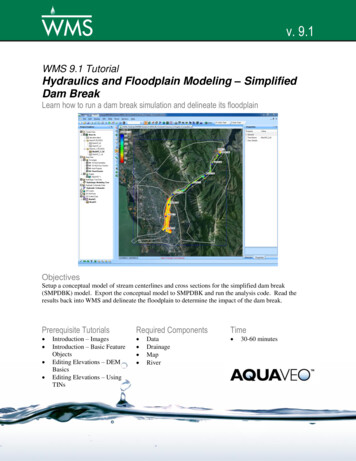
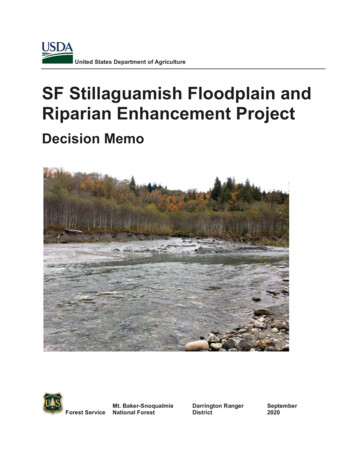
![bTBiesaFn Ep k BIsðèl EdleyIgsmnwgTTYl - calfund [.] org](/img/39/preschool-toolkit-cambodian.jpg)
